From its humble beginnings in the 1970s Bronx, New York, hip hop has evolved into a global phenomenon, encompassing a diverse array of subcultures that continue to shape the world of music, art, and fashion. With its unique blend of rhythmic beats, lyrical poetry, and visual expression, hip hop has become a cultural force that transcends geographical boundaries, inspiring new generations of artists, musicians, and fans alike. But what exactly defines these various subcultures, and how do they contribute to the ever-changing landscape of hip hop? In this article, we’ll delve into the fascinating world of hip hop subcultures, exploring their history, characteristics, and significance in shaping the genre.
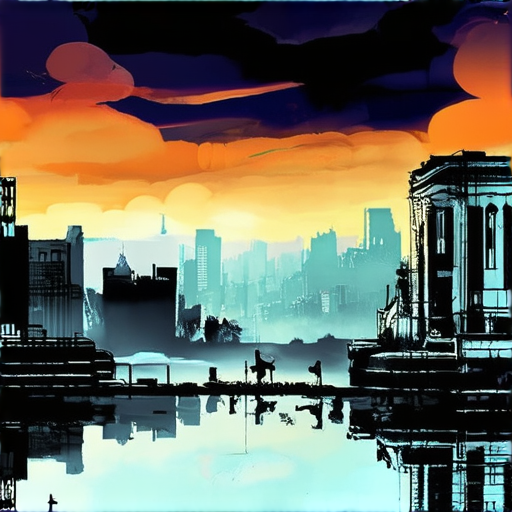
The Four Cultures of Hiphop
I’m deeply passionate about exploring the rich tapestry of hip-hop culture, which encompasses four distinct yet interconnected aspects.
-
MCing/Rap
As a rapper myself, I can attest to the power of words in shaping our experiences and perspectives. MCing involves delivering rhymes, lyrics, and stories through vocal performances, often accompanied by beats and melodies. From Kendrick Lamar’s socially conscious anthems to J. Cole’s introspective narratives, rap has evolved into a dynamic force for self-expression and social commentary.
-
DJing/Turntablism
The art of DJing revolves around manipulating sound waves, blending genres, and crafting immersive sonic landscapes. Turntablists push the boundaries of what’s possible with vinyl records, CDs, and digital files, often incorporating live instrumentation and effects processing. As a fan of DJ Shadow’s eclectic sets and J Dilla’s innovative production techniques, I appreciate the creativity and technical skill required to excel in this field.
-
Breakdancing/B-Girling
Breakdancing, also known as B-boying or B-girling, is a high-energy dance style characterized by intricate footwork, spins, and freezes. This physically demanding discipline requires strength, flexibility, and coordination, as well as a deep understanding of rhythm and musicality. From the early days of Rock Steady Crew to the modern-day crews competing in battles and showcases, breakdancing continues to evolve and captivate audiences worldwide.
-
Graffiti Art
Graffiti art, also known as street art or urban art, involves creating visual expressions on public surfaces using various mediums, such as spray paint, markers, and stencils. This form of self-expression allows artists to convey messages, tell stories, and showcase their skills, often blurring the lines between art and activism. As a fan of Banksy’s provocative works and Shepard Fairey’s Obey Giant campaign, I admire the courage and creativity required to push the boundaries of graffiti art.
These four cultures – MCing/Rap, DJing/Turntablism, Breakdancing/B-Girling, and Graffiti Art – intersect and influence one another, giving rise to a vibrant, ever-evolving ecosystem that celebrates individuality, creativity, and community.
What Subculture is Hiphop?
Hip hop is an urban cultural movement that combines music, dancing, and art.
-
Origins
While it has become a global phenomenon, it initially grew out of the party scenes created by African Americans, Latino Americans, and Caribbean Americans in the Bronx, New York City in the 1970s.
-
Subgenres
Over time, hip hop has branched out into various subcultures and subgenres, including:
-
Abstract Hip Hop
A cultural platform dedicated to exploring the world of hip hop music, art, and culture. The site features blog posts, artist interviews, music reviews, and in-depth articles on the latest trends in the abstract and experimental hip hop scene.
-
Underground Hip Hop
A style of hip hop characterized by its DIY ethos and often features artists who self-release their music and organize their own tours.
-
Trap Hip Hop
A subgenre of hip hop that originated in the Southern United States and is characterized by its heavy use of synthesizers and trap beats.
-
-
Competitors
Other notable hip hop subcultures and platforms include:
-
The Fader
A leading online publication covering hip hop news, reviews, and interviews.
-
Pitchfork
A website that covers music, arts, and culture, including hip hop.
-
As a hip hop enthusiast, I can attest that these subcultures offer a wealth of creative expression and innovation within the genre.
For more information on hip hop and its various subcultures, visit our website at https://abstracthiphop.com/.
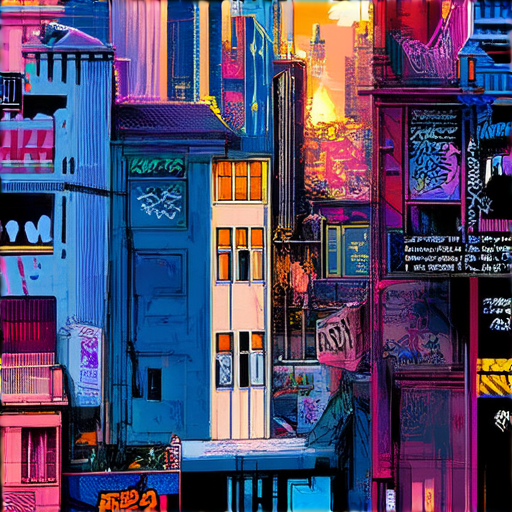
Exploring the Diverse World of Hip-Hop Subgenres
I’m always fascinated by the ever-evolving landscape of hip-hop, and its numerous subgenres are a testament to the genre’s creativity and adaptability.
-
Abstract Hip-Hop
As a fan of abstract hip-hop, I appreciate its emphasis on avant-garde production techniques, spoken word, jazz, funk, and electronic influences.
This subgenre offers a unique perspective on the traditional hip-hop sound, pushing boundaries and experimenting with new sounds and styles.
For those interested in exploring the world of abstract hip-hop, I recommend checking out AbstractHipHop.com, a platform dedicated to showcasing the latest trends and artists in the scene.
-
Jersey Club
Jersey club is a high-energy subgenre characterized by its fast-paced beats and catchy melodies.
Originating in New Jersey, this style has gained popularity worldwide, with artists like DJ Rell and DJ Sliink leading the charge.
Jersey club’s infectious energy and danceable rhythms make it a staple in many hip-hop playlists.
-
GFunk
GFunk is a subgenre that blends hip-hop with elements of G-Funk, a style popularized by Dr. Dre and Snoop Dogg in the 1990s.
This fusion creates a smooth, laid-back sound that’s perfect for relaxing or cruising.
Artists like N.W.A and Warren G have helped shape the GFunk sound, which continues to influence contemporary hip-hop producers.
-
Drill
Drill is a subgenre that originated in Chicago, characterized by its dark, gritty sound and often violent lyrics.
Artists like Chief Keef and Lil Durk have popularized drill, which has since spread to other cities and countries.
Drill’s raw energy and emotional intensity have made it a favorite among fans of hardcore hip-hop.
-
Trap
Trap is a subgenre that emerged in the Southern United States, characterized by its heavy, synthesized sound and often boastful lyrics.
Artists like Gucci Mane and Migos have helped define the trap sound, which has become a staple in modern hip-hop.
Trap’s catchy hooks and infectious beats have made it a favorite among fans of commercial hip-hop.
-
Conscious Rap
Conscious rap is a subgenre that focuses on socially conscious lyrics and messages.
Artists like Kendrick Lamar and J. Cole have popularized conscious rap, which often tackles issues like racism, inequality, and social justice.
Conscious rap’s thought-provoking lyrics and meaningful themes have made it a favorite among fans of intelligent hip-hop.
-
Emo Rap
Emo rap is a subgenre that combines hip-hop with elements of emo music, characterized by its emotional, introspective lyrics and often melodic soundscapes.
Artists like XXXTENTACION and Juice WRLD have popularized emo rap, which has since spread to other genres like rock and pop.
Emo rap’s raw emotion and vulnerability have made it a favorite among fans of emotional hip-hop.
-
Cloud Rap
Cloud rap is a subgenre that emerged in the 2010s, characterized by its dreamy, atmospheric sound and often ethereal vocals.
Artists like Denzel Curry and $uicideboy$ have helped define the cloud rap sound, which has become a staple in modern hip-hop.
Cloud rap’s otherworldly soundscapes and emotive lyrics have made it a favorite among fans of experimental hip-hop.
-
Lo-Fi Hip-Hop
Lo-fi hip-hop is a subgenre that focuses on mellow, jazzy soundscapes and often nostalgic samples.
Artists like Jinsang and Yung Gud have popularized lo-fi hip-hop, which has since spread to other genres like electronic and ambient music.
Lo-fi hip-hop’s calming atmosphere and soothing beats have made it a favorite among fans of chillout hip-hop.

Types of Hiphop
I’ve been immersed in the world of hiphop for years, and I can confidently say that it’s evolved into a diverse and complex genre with numerous subgenres.
- Trap: Characterized by heavy, syncopated beats and often dark lyrics, trap music originated in the Southern United States and has since become a staple of mainstream hiphop.
- Grime: Emerging in the early 2000s in the UK, grime is known for its fast-paced flows and often aggressive lyrics, frequently incorporating elements of dancehall and garage music.
- Gangsta Rap: A subgenre that rose to prominence in the late 1980s and early 1990s, gangsta rap focuses on the harsh realities of life in urban environments, often glorifying violence and crime.
- Rap Rock or Nu Metal: Blending elements of rock music with traditional hiphop, rap rock and nu metal emerged in the mid-to-late 1990s and gained popularity among fans of alternative music.
- Crunk: Originating in the Southern United States, crunk is characterized by its heavy, synthesized beats and often party-oriented lyrics, frequently incorporating elements of dancehall and reggae music.
- Chillhop: A subgenre that emerged in the 2010s, chillhop is defined by its relaxing, atmospheric soundscapes and often introspective lyrics, frequently incorporating elements of jazz and electronic music.
- Bounce: Popularized in New Orleans, bounce is a high-energy subgenre characterized by its fast-paced beats and often sexually explicit lyrics, frequently incorporating elements of dancehall and electro music.
- Mumble Rap: A subgenre that gained popularity in the 2010s, mumble rap is characterized by its often indecipherable lyrics and melodic flows, frequently incorporating elements of cloud rap and emo-trap.
- Latin Hiphop: A fusion of traditional hiphop with Latin American music styles, Latin hiphop has gained popularity in recent years, particularly among Spanish-speaking audiences.
- Conscious Hiphop: Focusing on socially conscious themes and messages, conscious hiphop has been a staple of the genre since its inception, frequently incorporating elements of jazz and soul music.
These subgenres have helped shape the diverse landscape of modern hiphop, each bringing its own unique flavor and style to the table.
The Five Levels of Hiphop
I’m often asked what makes up the foundation of hip hop culture, and my answer is always rooted in its five core elements.
- Making Music
- MCing/Rapping
- B-boying/B-Girling
- Afrobeat Graffiti
This level encompasses the creation of beats, rhymes, and melodies that bring hip hop to life. From producers crafting infectious instrumentals to MCs spitting bars that tell stories, making music is the heartbeat of hip hop.
MCing, or rapping, is the art of delivering lyrics over a beat. It requires a unique blend of creativity, charisma, and technical skill. Whether it’s telling a personal story, painting a vivid picture, or conveying a powerful message, MCing is a vital part of hip hop’s DNA.
Dancing, specifically breaking or b-boying/b-girling, is a fundamental aspect of hip hop culture. This high-energy style of dance involves intricate footwork, spins, and flips, showcasing the dancer’s athleticism and creativity.
Graffiti, or street art, is a visual representation of hip hop’s creative expression. Afrobeat graffiti combines vibrant colors, bold typography, and thought-provoking messages to convey the artist’s perspective on the world.
DJing and scratching involve manipulating turntables to create unique soundscapes, beats, and effects. This level requires a deep understanding of rhythm, timing, and musicality, allowing DJs to elevate the energy of a performance and engage the audience.
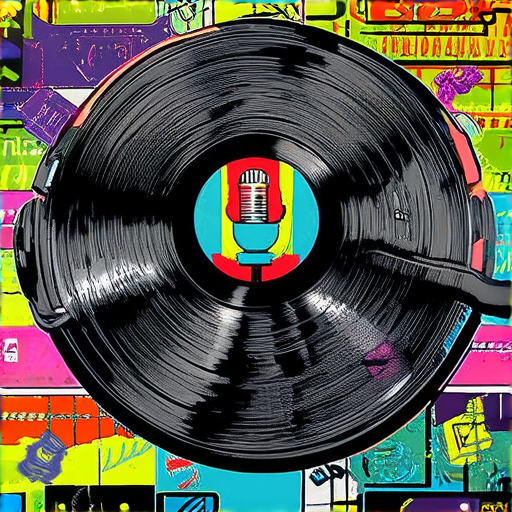
Understanding the Slang Term “12” in Hiphop
The slang term “12” has been widely used in the hiphop community to refer to law enforcement, particularly police officers.
-
Origins of the Term
- In the early days of hiphop, the term “12” was likely derived from the idea that police cars are typically marked with the number 12 on their license plates or radios.
- This association may have originated in urban areas where police presence was more pronounced, leading to the widespread adoption of the term among hiphop artists and fans.
-
Usage in Hiphop Culture
- The term “12” has been frequently referenced in hiphop lyrics, often in relation to encounters between rappers and law enforcement.
- Artists like Kendrick Lamar and J. Cole have used the term in their songs to express frustration and resistance against systemic oppression.
- Additionally, the term has been used in various hiphop subcultures, such as trap and gangsta rap, to signify a sense of danger and rebellion.
Abstract Hip Hop’s Perspective
As a platform dedicated to exploring the world of hiphop music, art, and culture, we recognize the significance of the term “12” in shaping the genre’s narrative.
We acknowledge the complex relationships between hiphop artists, law enforcement, and the communities they represent.
Our mission is to provide a space for open discussion and critical examination of these issues, promoting empathy and understanding through the power of hiphop.
Related Topics:
- Hiphop and Law Enforcement
- Social Justice in Hiphop
- Urban Culture and Identity
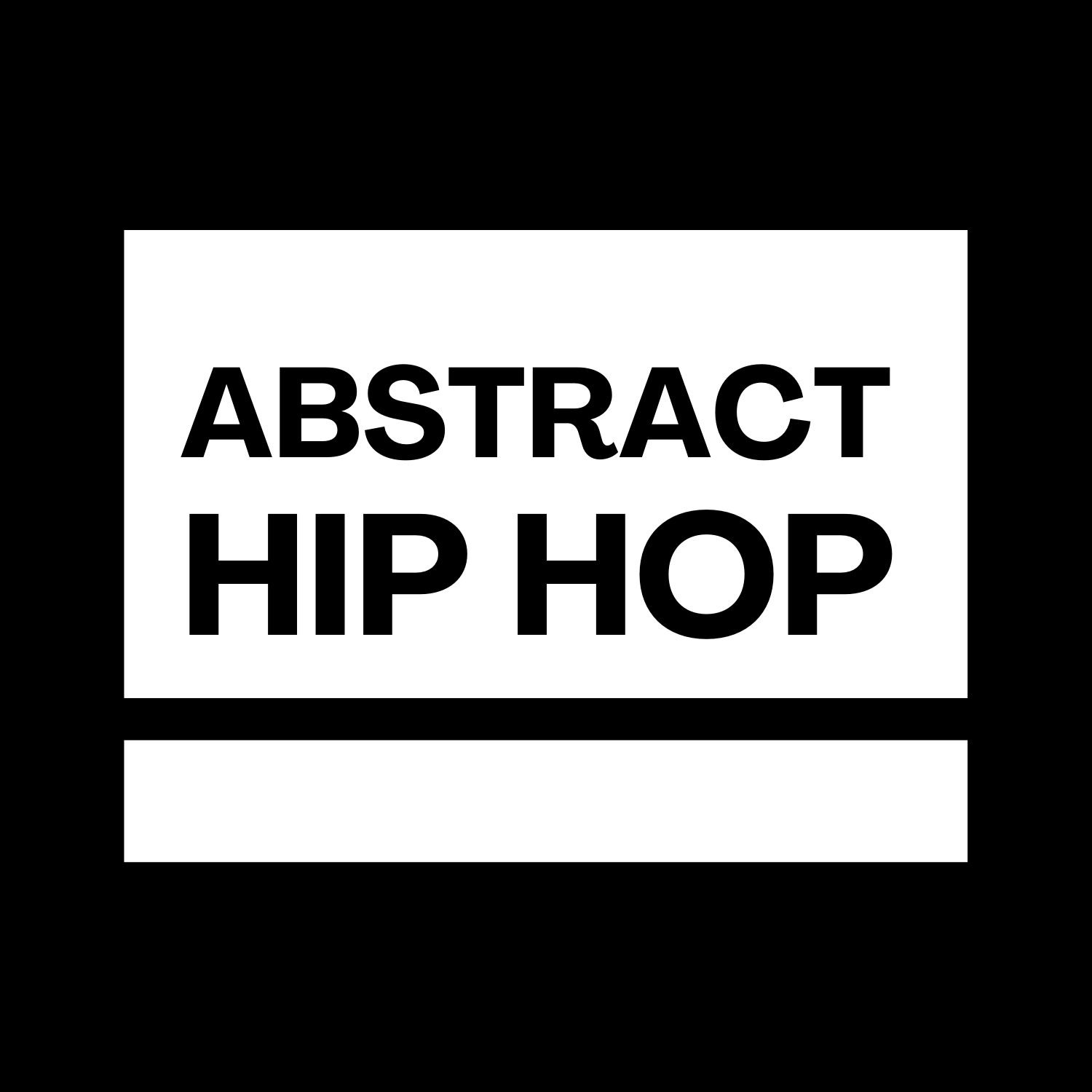
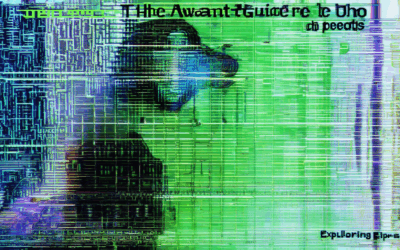
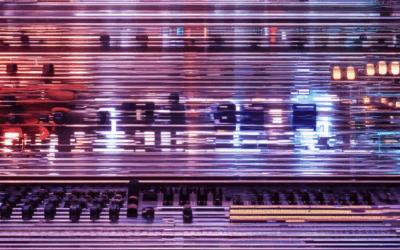
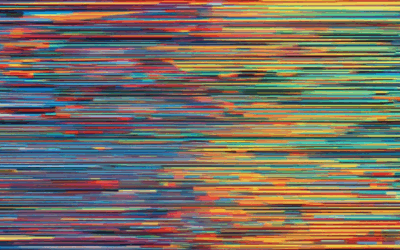
0 Comments